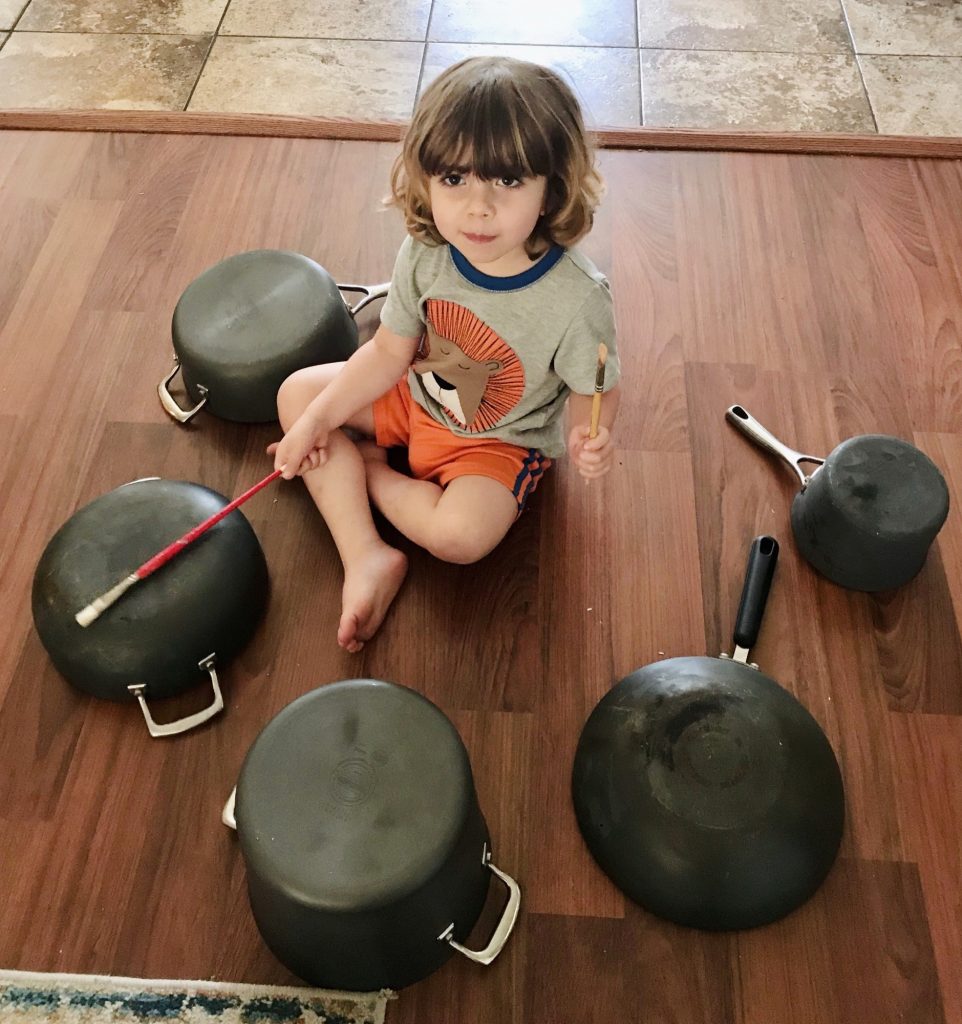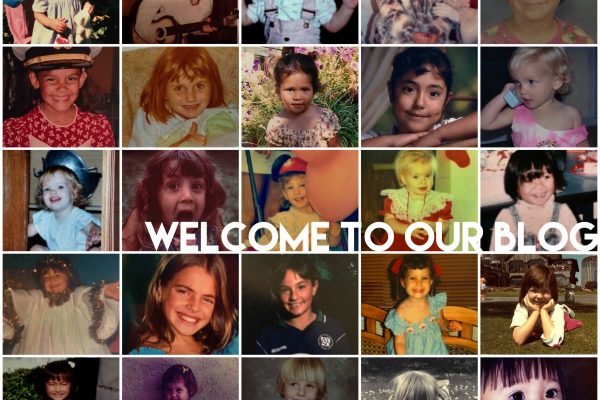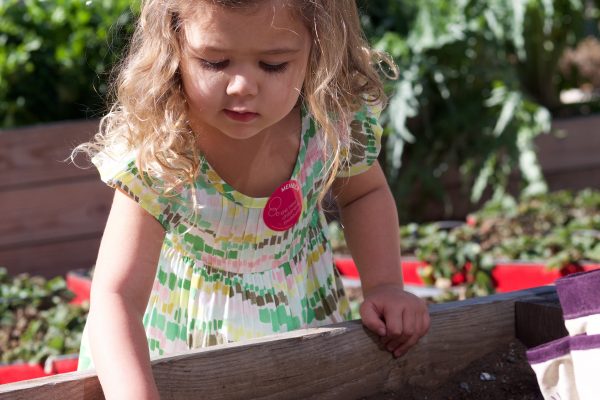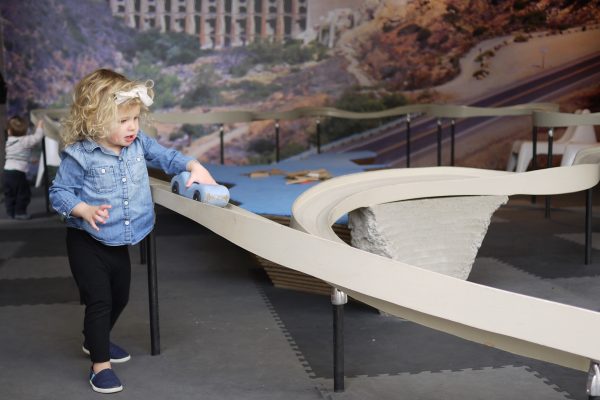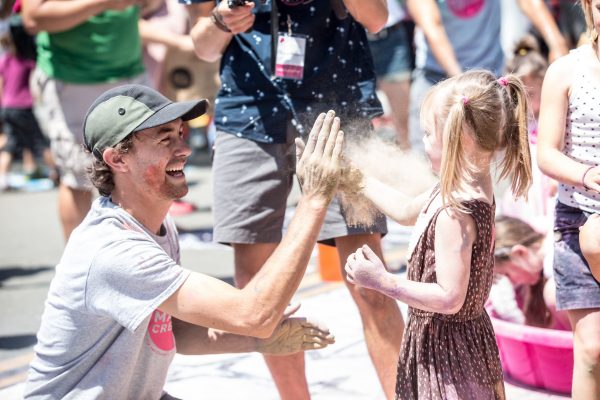As part of our ScholarShare 529 Toddler Time at Home program, we’re making instruments at home with our little ones! Using pots, pans, tupperware and other simple household items, create your own instruments at home. This is great for toddlers as it helps them to practice differentiating sounds, developing their motor skills and expressing themselves through music. Watch the video below for a tutorial on how to make these simple instruments at home.
(Almost) Ready-To-Go Instruments
AGE: 2-5 (with adult support)
TIME FRAME: 30 minutes – 1 hour
SUPPLIES:
- Pots/Pans
- Tupperware
- Rubber Bands – Varying Sizes
- Shoe Box Cover
- Toilet Paper/Paper Towel Roll
- Wax/Parchment Paper
directions
- To create drums, use pots, pans and any other kitchen materials to make sounds and play the drums.
- For quick stringed instruments, use a piece of Tupperware and 3-4 rubber bands of different sizes. Wrap the strings around the Tupperware and pluck the strings to hear different sounds. If you don’t have Tupperware, a cardboard shoe box or cover works great as well.
- To make a kazoo, wrap a piece of wax or parchment paper around the end of a toilet paper or paper towel tube and secure it on with a rubber band. Blow into the open end of the kazoo to make noise.
These instruments can make a lot of noise, so be sure to choose a time that works best for you and your little one to make music together. Have fun!
Toddler to Transitional Kindergarten Learning Connections
Early learners (ages 1 – 5) are natural at exploring music and sound, and music-related activities can provide hours of fun and countless opportunities for learning. To further increase learning connections while creating (almost) ready-to-go instruments together with your child, consider incorporating one or more of the ideas below.
Share Your Voices
Explore singing a few different songs together (or to your child) and use your homemade instruments to create a beat to accompany your voice(s). If old enough, give your child the opportunity to make choices about the music you select and talk together about the differences between the songs/sounds you hear and make. Ask your child to consider what they like and why.
Dance It Out
Music and movement are naturally paired, and when explored together, connect the body and the mind. Both music and movement making are great avenues for self-expression for you and your child. Using your homemade instruments, create a rhythm or follow along to a favorite song and dance/move together.
Select a Story
Reading is a wonderful vehicle for learning and for introducing new ideas to early learners. Select engaging and age-appropriate books that feature music and related stories to read to children before and/or after the instrument-making activity.
Recommended Related Reading (Ages 1 – 5):
- Baby Beluga song lyrics by Raffi and illustrated by Ashley Wolff (lullaby that can be read or sung)
- Chicka Chicka Boom Boom by Bill Martin Jr. and John Archambault and illustrated by Lois Ehlert
- Zin, Zin, Zin, a Violin by Lloyd Moss and illustrated by Marjorie Priceman
- One Love by Cedella Marley and illustrated by Vanessa Brantley-Newton (based on the song by Bob Marley)
- How Do You Dance? by Thyra Heder
Preschool Learning Foundations Standards (Music and Physical Development):
Age 48 months:
Music
- Identify the sources of a limited variety of musical sounds.
- Use body movement freely to respond loosely to beat—loud versus quiet (dynamics)—and tempo.
- Begin to discriminate between different voices and certain instrumental and environmental sounds. Follow words in a song.
Spatial Awareness
- Use own body as reference point when locating or relating to other people or objects in space.
Age 60 months:
Music
- Identify the sources of a wider variety of music and music-like sounds.
- Use body movement freely and more accurately to respond to beat, dynamics and tempo of music.
- Become more able to discriminate between different voices and various instrumental and environmental sounds. Follow words in a song.
Spatial Awareness
- Use own body, general space and other people’s space when locating or relating to other people or objects in space.
